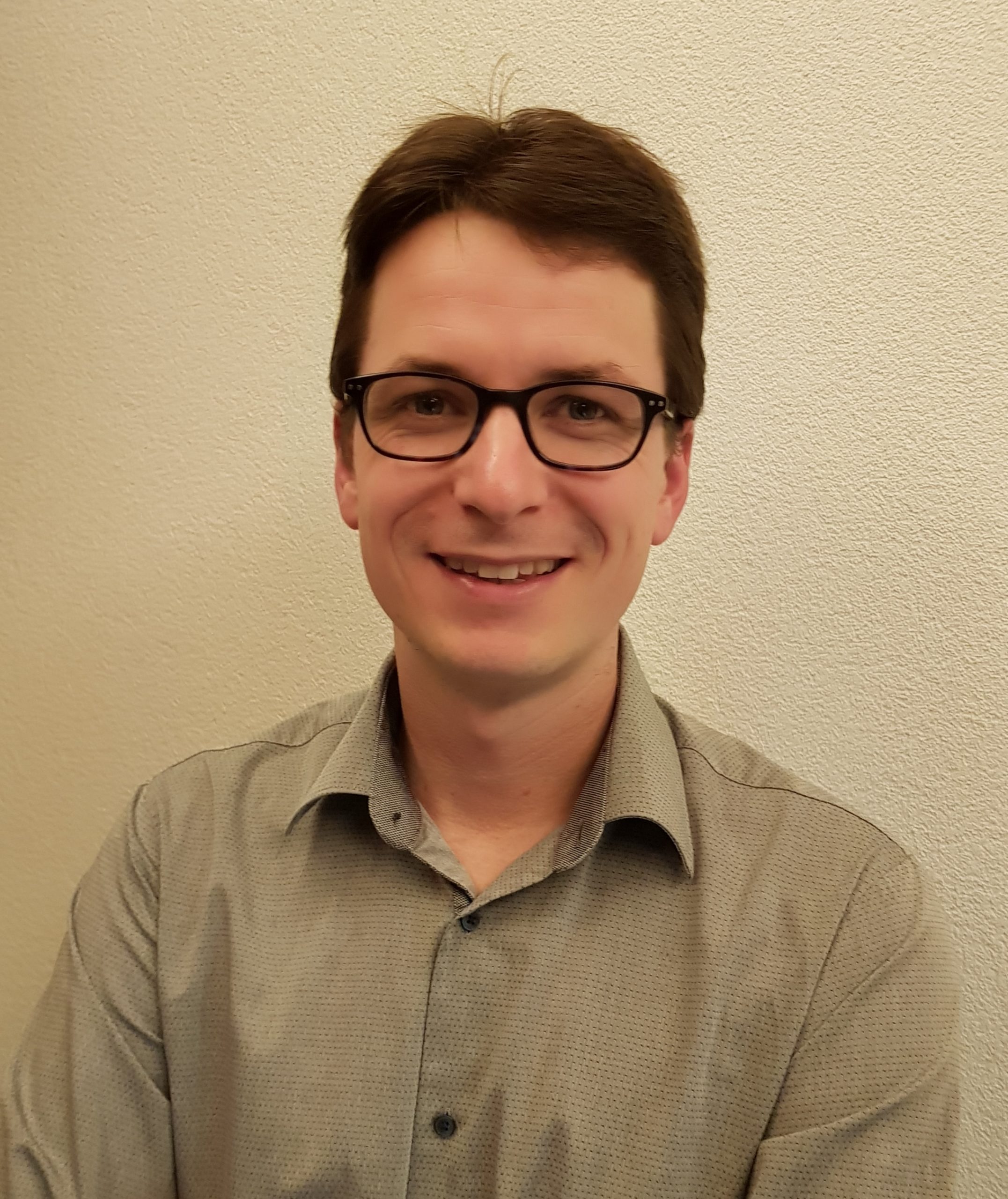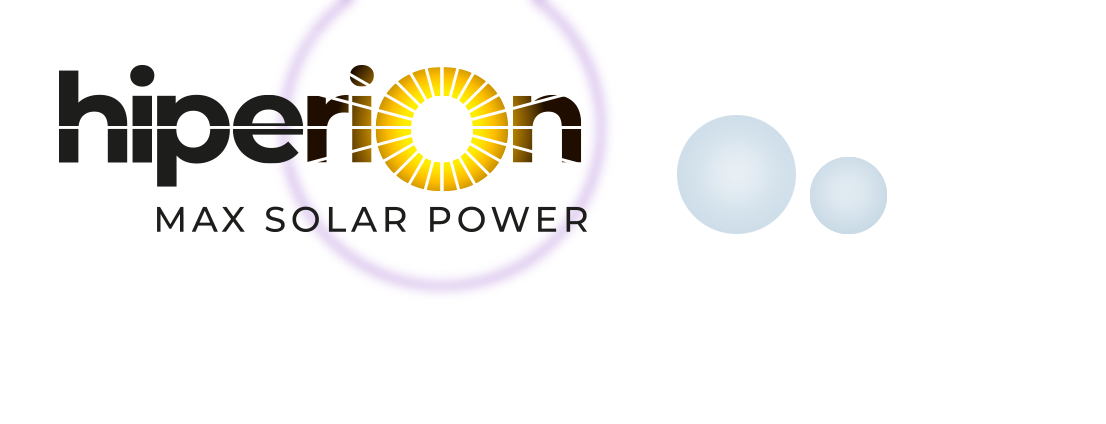Interview with HIPERION coordinator
HIPERION Newsletter N°1 / March 2020

Jacques Levrat, Project Manager at CSEM
Question 1 (Q1): As the coordinator of the HIPERION project, could you please tell us the objectives and main stakes of this initiative?
Answer 1 (A1): The objective of the HIPERION project is to realize and industrialize (initially via a pilot line) a disruptive solar technology with highly efficient solar modules and providing absolute record of energy generation, with up to 50% gain in Central Europe and even 80% in Southern Europe.
To improve the competitiveness of the PV industry in Europe, high performances combined with competitive prices are now a prerequisite. Only focussing on the cost per watt peak is a trap that won’t work in achieving these requirements – conventional crystalline PV modules produced in Asia have already reached incredibly low prices that cannot be matched in Europe. In this context, achieving ultra-high efficiency is key to reach low cost per installed kWh and high energy density, which is where HIPERION’s hybrid modules excel.
Q2: How and when was the idea of HIPERION born? What was the initial assessment which led to HIPERION’s preparation?
A2: Back in summer 2018, Universidad Politécnica de Madrid (UPM) and Insolight were able to match the latter company’s innovative technology with the H2020-LC-SC3-2018-2019-2020 mission to: “Increase the competitiveness of the EU PV manufacturing industry with innovative solutions.”
This timing was perfect, as Insolight had already achieved a record conversion efficiency of 36.4% in 2016 on a small lab-scale device, increasing to 29.0% two years later with a 0.1m2 module, demonstrating the potential of micro-tracking for roof-top applications. The same year, Insolight and CSEM collaborated to further increase the potential of the tracking technology using a hybrid approach to harvest the diffuse light with a silicon-based backplane. With this hybrid design, 30% efficiency could be reached but full compatibility with an industrial process, reliability standards and energy market price still needed to be demonstrated – forming HIPERION seemed like no-brainer. A strong technical consortium was subsequently assembled, consisting of best-in-class R&D centres and industrial partners with the necessary expertise needed to assemble a demonstration production pilot line for hybrid modules. PV market perspectives were also considered and several installers and a PV module manufacturer form part of the consortium.
Q3: What is innovative about the activities carried out in the project?
A3: The unconventional and highly innovative nature of Insolight’s technology (utilizing simultaneously concentrated and conventional photovoltaics) requires some form of innovation at every developmental level.
For example, the concept planar micro-tracking on bulky panels with ultra-high accuracy and long lifetime in outdoor conditions require state-of-the-art actuators. These will be designed and developed specifically for the HIPERION modules by Sonceboz (Switzerland).
In addition, X-Celeprint (Ireland) will develop high-efficiency solar cells to convert direct light, with a focus on mass-production and affordable prices. Technologies to mass-produce printed circuit boards (PCBs) capable of withstanding climatic cycling for 25 years with ultraprecise geometries are currently not available on the market, so an innovative solution will be devised by CSEM (Switzerland). At the same time, Argotech (Czech republic) will be responsible for the high-precision assembly of the PCBs.
From a metrological and durability point of view, hybrid modules require some consideration as diffuse and direct components are not converted by the same module components. In addition, the norms defined by the International Electrotechnical Commission (IEC) are not sufficient in this instance to ensure a proper power rating and will need to be revised. In response, the Fraunhofer-Institut für Solare Energiesysteme (Germany) and UPM will take in charge all developments required to guarantee module certification ̶ a critical aspect required for market acceptance.
Ultimately, scaling-up these technological developments to industrial level also requires the design/production of new tools and processes to reach the demand and quality required by the end-users. This challenge will be addressed by Mondragon Assembly (Spain).
Q4: The HIPERION consortium gathers 16 partners from 10 different countries, covering the whole PV value chain: what are the main challenges of coordinating such a broad and differentiated consortium? Have you encountered many obstacles gathering all partners and making them cooperate together?
A4: When developing a new technology, having the whole value chain at your fingertips is a unique asset. Everyone involved brings a different perspective to both the risks and opportunities that might arise. The challenge is to keep the attention of everyone focused on each aspect of the module development throughout the project.
HIPERION is structured in two phases: the first two years focus on developing the technologies and the pilot line setup; the remaining time will be spent on the blueprint evaluation, i.e. the validation by the PV market represented by the installers and one PV manufacturer. Even though time-separation between the partners is unavoidable, we are actively involving everyone at the earliest stage to avoid problems further down the line during the product evaluation phase by maintaining a feedback-loop throughout the product design. Being open to feedback even in the earliest stages is clearly an important and necessary challenge.
The project started 6 months ago, with the main focus oriented towards product design, but even from this it was straightforward to convince the various stakeholders to get involved. The fascinating perspectives opened up by the project hybrid design is a major draw, as it has a wide spectrum of final applications for both manufacturers and installers.
Q5: How will the HIPERION results benefit the project partners, both the academic and the industrial ones?
A5: The project brings innovation at every level of the product development and all the partners are part of this. Of course, Insolight, as the technological leader, will benefit directly from HIPERION by developing and securing a value chain to produce hybrid modules.
All the industrial partners will develop new products and processes to comply with the high standards set by HIPERION technology, which can be valued after the project end within or outside the production of Insolight’s technology. In case of success, the association with the HIPERION project will serve as a reference for communication purposes.
The research partners will also benefit directly from HIPERION via the numerous developments and processes, simulation tools, characterization methods, component designs, etc. These outcomes will be valued in numerous ways via patents or trade secrets, publications, participation to major events and contributions to other granted projects etc.
Q6: How do you ensure that your results match the needs of end-users? What will be the impact of the project results on the contemporary and future PV industry?
A6: The needs of end-users are at the core of the project. As the most efficient flat-panel solution worldwide, HIPERION technology targets areas with a dense population where energy production is critical due to scarcity of available surfaces and their high cost.
With climate change, end-users are more and more sensitive about the origin and the impact of their energy consumption. With 50-80% more energy production, hybrid modules have the potential to turn residential buildings into zero-energy buildings, accelerating a necessary energy transition towards renewables.
The whole PV industry is now looking in the direction of high-efficiency technologies but most of them have already reached their maximum potential and companies are now seeking for alternatives (bifacial, tandem cells, etc.). Due to its hybrid nature, the HIPERION approach will benefit from all the standard PV industry developments but will also stimulate innovations for its applications, potentially opening new market perspectives.




